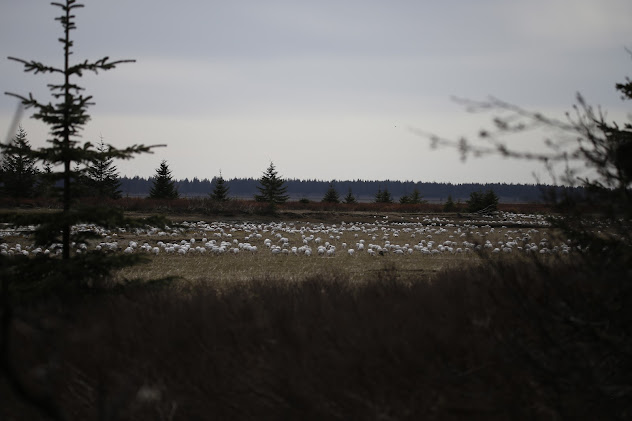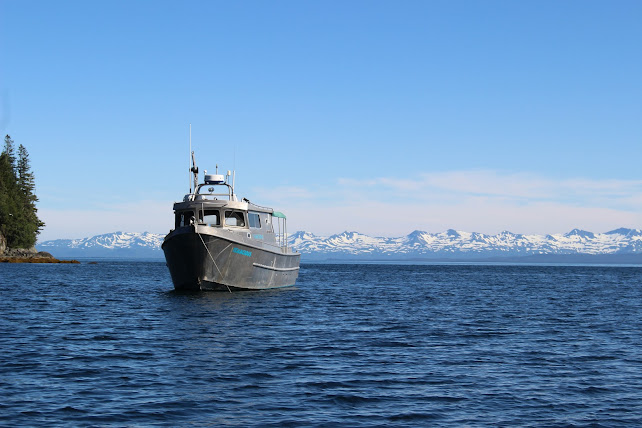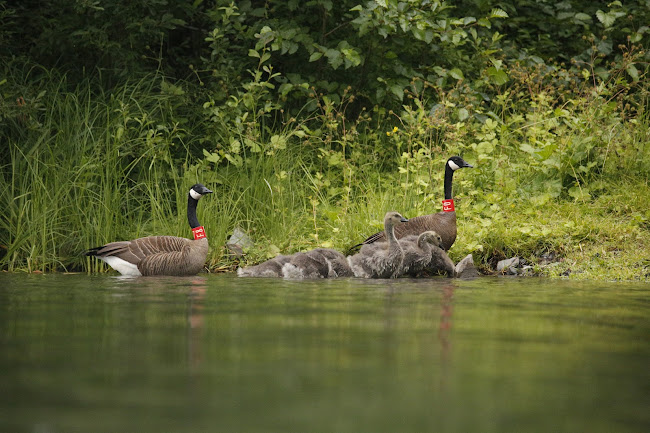Red Knot Survey With Alaska Department of Fish and Game - Controller Bay
Extremely fortunate and thankful to have spent the last 12 days in Controller Bay surveying Red Knots with the Alaska Department of Fish and Game. Had some awesome times, met some great people, and got some fantastic pictures. Identified a total of 56 confirmed bird species on our camp bird list including the targeted Red Knots, and saw some other non-avian creatures like coyote, bear, wolf, and moose. Hiked nearly 100 miles of mudflats doing our surveys, and added another 50+ in the boat. Tallied close to 8,000 photos of flagged Red Knots, many other shorebirds, waterfowl, and everything in-between. Fascinated at the mix of waterfowl and shorebirds and how they intermingle.
We had terrific weather for most of our surveys, which were conducted two hours before and after high tide, for a four hour window. Red Knots typically feed along the tide line, so they follow the waters edge as it comes up, and sporadically spread out over the mudflats more as it recedes. Right at high tide, they often roost, which made surveying even more difficult because they roost on one leg. Following our survey protocol, those birds on one leg could not be counted in our "scans." Birds and their legs were examined in our scans using spotting scopes in our four hour window, but we often went past designated times when birds were abundant in our later days afield. Abundance, diversity, and the few flags we encountered were then recorded using iPads in the field and paper data sheets when we returned to camp that night. Benthic sampling was another activity we conducted during our trip. Benthic samples will be used to analyze prey availability and abundance for Red Knots in Controller Bay, which has recently been identified as a key stopover site for the declining species.
Many of the days we surveyed Red Knots, we also saw an abundance of waterfowl, including 3,000 or so Snow Geese that came within 50 yards of our camp. Neat to see first hand what Ducks Unlimited and its partners, like the Alaska Department of Fish and Game, are working together to conserve, both directly and indirectly.
More photos will be posted later and can be found on Instagram @the_du_dusky_intern
.JPG)




















Comments
Post a Comment